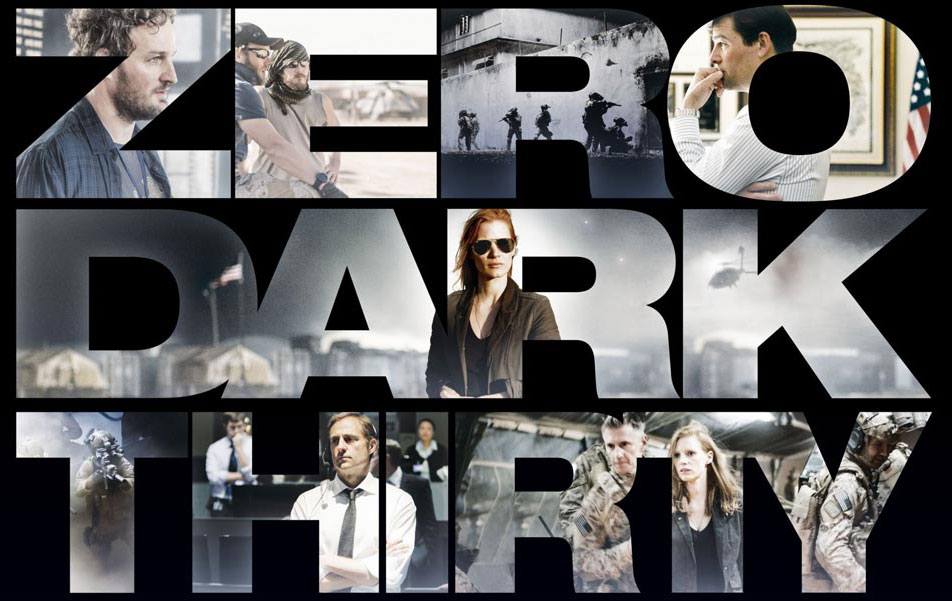 Last week the Alamo Draft House, a theater in Austin, TX, hosted a special screening of the Star Wars movies. Each of the six episodes were screened, followed by the new film, The Force Awakens, on repeat until all but one viewer succumbed to sleep. That final nod happened after Jim Braden had watched the first six episodes, and nine viewings of episode 7; nearly 48 hours of intergalactic shenanigans. According to the Washington Post, the winner won Star Wars cards and artwork, seven years of free tickets and a theater seat named in his honor.
Last week the Alamo Draft House, a theater in Austin, TX, hosted a special screening of the Star Wars movies. Each of the six episodes were screened, followed by the new film, The Force Awakens, on repeat until all but one viewer succumbed to sleep. That final nod happened after Jim Braden had watched the first six episodes, and nine viewings of episode 7; nearly 48 hours of intergalactic shenanigans. According to the Washington Post, the winner won Star Wars cards and artwork, seven years of free tickets and a theater seat named in his honor.
The Hollywood Reporter corresponded with Braden after his victory about what he described as “a grueling ordeal, even though I loved the movie.” You can read about his impressive achievement here. Here’s an excerpt:
You said you’ve watched all the earlier films multiple times, and now you’ve seen the newest installment nine times in one sitting. Is that enough? Can you imagine ever wanting to see it again?
I left the marathon convinced I’d never be able to watch it again. I had been Clockwork Orange‘d. I went home and slept for a few hours — my first sleep in over 50 hours — and dreamed, or hallucinated, about the movie the entire time. I woke up and immediately felt the urge to watch the movie again.
I think it has a bit of a Stockholm Syndrome-like hold on me now. I’ve come to love my tormentor. My parents are coming into town for Christmas, and I’ve already gotten us tickets to see the movie while they’re here. And I can’t wait to see it again. I’m a sick, sick man.




 The latest in the Dark Knight series is struggling to bounce back from the tragic shooting in Aurora that appears to be having a greater impact on attendance than initially projected. It may appear callous to be talking about box office receipts and financial success when so many lives were lost and others were changed forever. But that is the nature of the business of big media. The studio, Warner Brothers, took steps to try to appear sensitive to the tragic shooting. They delayed reports of box office receipts that first weekend and cancelled premiere events in Paris, Mexico City and Tokyo. According to the WSJ, a spokesperson for the studio said, “We just felt it would be disrespectful and not the right thing to do to go forward.” Warner Bros also pulled trailers for Gangster Squad from theaters because of a scene that includes shooting up a movie theater. Meanwhile, security has been beefed-up and theater chains are implementing new rules about patrons showing up in outfits and masks.
The latest in the Dark Knight series is struggling to bounce back from the tragic shooting in Aurora that appears to be having a greater impact on attendance than initially projected. It may appear callous to be talking about box office receipts and financial success when so many lives were lost and others were changed forever. But that is the nature of the business of big media. The studio, Warner Brothers, took steps to try to appear sensitive to the tragic shooting. They delayed reports of box office receipts that first weekend and cancelled premiere events in Paris, Mexico City and Tokyo. According to the WSJ, a spokesperson for the studio said, “We just felt it would be disrespectful and not the right thing to do to go forward.” Warner Bros also pulled trailers for Gangster Squad from theaters because of a scene that includes shooting up a movie theater. Meanwhile, security has been beefed-up and theater chains are implementing new rules about patrons showing up in outfits and masks.